Today, consumers want relevant experiences at every interaction. So, the push for hyper-personalized service has become a key way to stand out from the competition. Marketing leaders, like CMOs, VPs of Marketing, and heads of strategy, face a challenge. Customers want personal attention, but they dislike intrusive or off-key messages. Generative AI is changing how brands connect, talk, and convert in real time. This is more than just powerful automation. It’s a big change in how businesses see and predict what people need.
The Death of One-Size-Fits-All Marketing

Gone are the days when segmentation by age, gender, or location sufficed. Today’s consumers expect brands to mirror their preferences, values, and even moods. A McKinsey study shows that 71% of consumers expect companies to deliver personalized interactions. And 76% get frustrated when this doesn’t happen. Yet, achieving this at scale has been a logistical nightmare; until now.
Generative AI bridges the gap between mass marketing and bespoke engagement. Generative models are different from traditional algorithms. Instead of sticking to fixed rules, they look at large datasets. This helps them create content that is dynamic and aware of the context. Picture a tool that creates custom email subject lines. It also suggests products just for you and makes real-time video ads. Plus, it adjusts to changing consumer habits. This isn’t futuristic speculation; it’s happening today.
Also Read: What Is Agentic AI? And Why B2B Leaders Can’t Afford to Ignore It
Dynamic Content Creation is Beyond Copy-Paste Campaigns
Consider the travel industry. A luxury hotel chain uses generative AI to make personalized video itineraries. It checks guests’ booking history and social media activity. It also looks at weather forecasts for their destination. A family planning a beach trip gets a list of fun activities for kids. Meanwhile, a couple celebrating their anniversary receives a selection of romantic dining options. The content isn’t just personalized; it’s predictive, aligning with unspoken desires.
Retailers such as Stitch Fix have used human stylists to put together clothing boxes for a long time. Generative AI improves this model. It looks at customer feedback, trend data, and cultural changes. Then, it suggests designs before they are even sketched. The result? A reduction in returns and a surge in customer loyalty, as buyers feel understood at a granular level.
Conversational AI is The Rise of Empathetic Chatbots
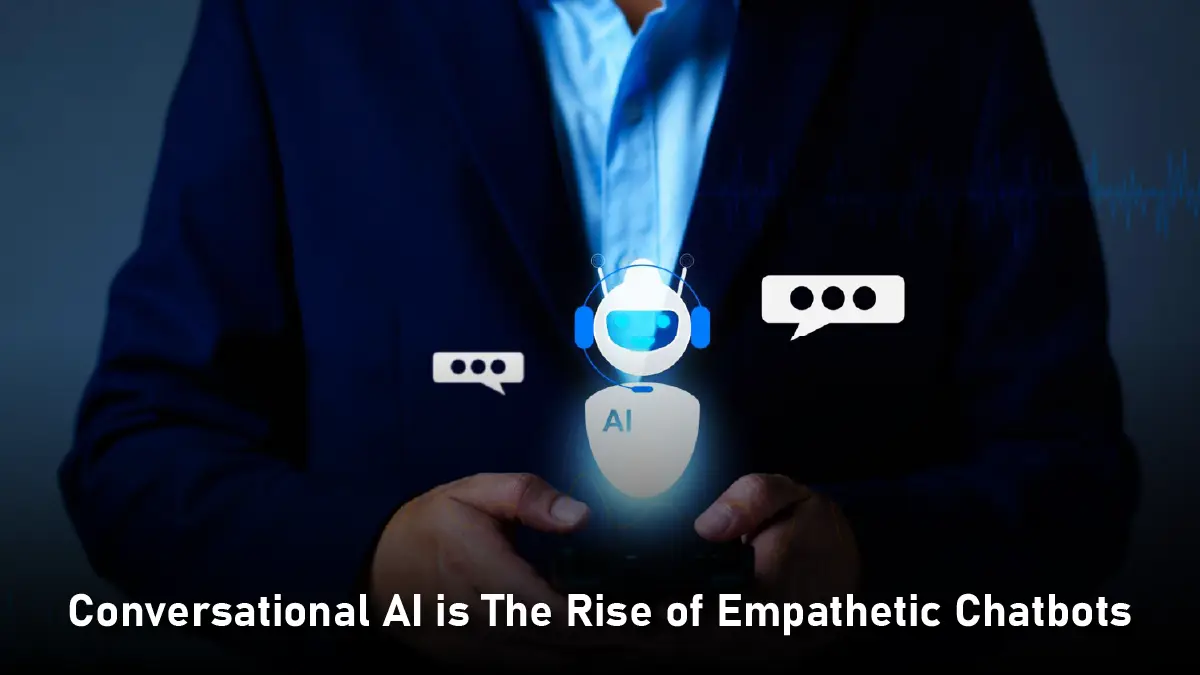
Chatbots once symbolized robotic, frustrating interactions. But generative AI has given them emotional intelligence. Bank of America’s Erica is a virtual assistant. It does more than just answer balance questions. It also predicts cash flow problems by looking at spending habits. It might say, “You usually save 500 monthly, but last month’s travel expenses put you 200 under. Want to adjust your budget?”
This empathetic approach is revolutionizing sectors like healthcare. Startups like Woebot use generative AI for mental health support. They mix clinical know-how with a friendly touch in their responses. Patients feel understood, not judged. This balance is tough, even for human counselors.
Predictive Analytics Meets Creative Intuition
Hyper-personalization isn’t just about reacting to data; it’s about anticipating needs. Netflix’s recommendation engine uses generative models. It doesn’t just suggest shows; it also predicts which thumbnail artwork will make you click. A fan of thrillers might see a dark, suspenseful image, while a romance enthusiast gets a tender scene. This small change raises engagement rates by almost 30%. It shows that creativity and data go hand in hand.
Fashion brands are leveraging similar strategies. Generative AI looks at social media trends, runway photos, and street-style pictures. It predicts micro-trends before they become popular. A footwear company may notice a growing demand for ‘retro-futurist sneakers.’ It could then launch a limited collection. This way, it positions itself as a trendsetter instead of a follower.
Ethical Frontiers Includes Balancing Innovation and Trust
With great power comes great responsibility. Generative AI’s ability to mimic human speech and preferences raises ethical dilemmas. A survey by Edelman found that while 72% of people in China express trust in AI, only 32% in the United States share that sentiment. Marketing leaders must navigate this tightrope by prioritizing consent and clarity.
Spotify’s ‘Wrapped’ campaign works well. Users share their data for a special year-end review. The key is reciprocity: customers exchange information for tangible value. A brand that uses AI to play with emotions, such as using a recent loss to sell life insurance, may face serious backlash.
Regulatory compliance adds another layer. GDPR and CCPA set clear rules for data use. However, generative AI’s ‘black box’ can hide how it makes decisions. Smart companies are using explainable AI frameworks. This way, they can trace each personalized output back to ethical data practices.
Future-Proofing Your Strategy
Marketing leaders now face a key question: not if they should use generative AI, but how to do it in a sustainable way. Begin by auditing existing customer journeys. Find friction points where personalization can improve satisfaction. For example, look at abandoned carts or low email open rates. Pilot generative tools in these areas, measuring incremental gains before scaling.
Collaboration is critical. Marketing teams need to work with IT, legal, and customer service. This way, they can create AI systems that match brand values. Training programs can simplify technology. This lets employees concentrate on creative strategy while AI takes care of execution.
Finally, embrace experimentation. A/B test generative content against human-crafted campaigns. AI-generated social posts can do better than traditional ones. This lets your team focus on big ideas instead of just routine updates.
The Human-AI Symbiosis is Redefining Creativity
Critics argue that generative AI stifles human ingenuity. The opposite is true. Automating repetitive tasks, like writing product descriptions and resizing visuals, frees marketers. This lets them focus on storytelling and connecting emotionally. Coca-Cola’s ‘Create Real Magic’ campaign invited artists to work with AI on ads. The result combined human creativity with machine efficiency. This created viral content that was both new and genuine.
In customer service, AI handles routine queries, allowing agents to tackle complex issues. KLM Royal Dutch Airlines uses a hybrid model. AI handles common booking questions. Staff assist travelers during crises, such as flight cancellations. The outcome? Faster resolutions and a more empathetic brand image.
The Personalization Paradox Solved
Generative AI isn’t a magic wand, but it’s the closest thing marketers have to a crystal ball. It reveals patterns we can’t see. It creates content that feels personal. It turns data into emotional bonds. CMOs and marketing leaders must choose wisely. They can embrace technology ethically and smartly. Or, they risk falling behind in a world where hyper-personalization is key.
Brands that harness AI to amplify human touch will dominate the future. Marketers blend machine precision with human empathy. This helps them create experiences that captivate and delight customers. Hyper-personalization is here, and generative AI can unlock its full power.


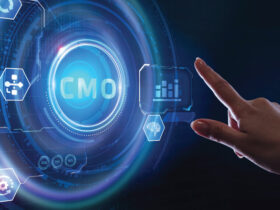






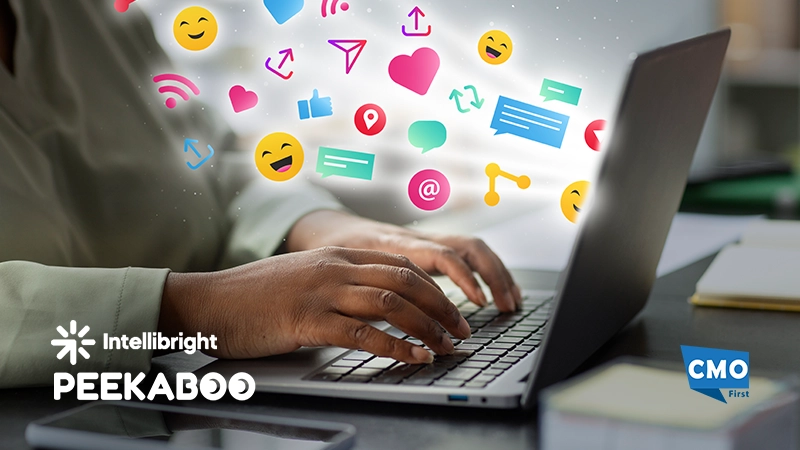

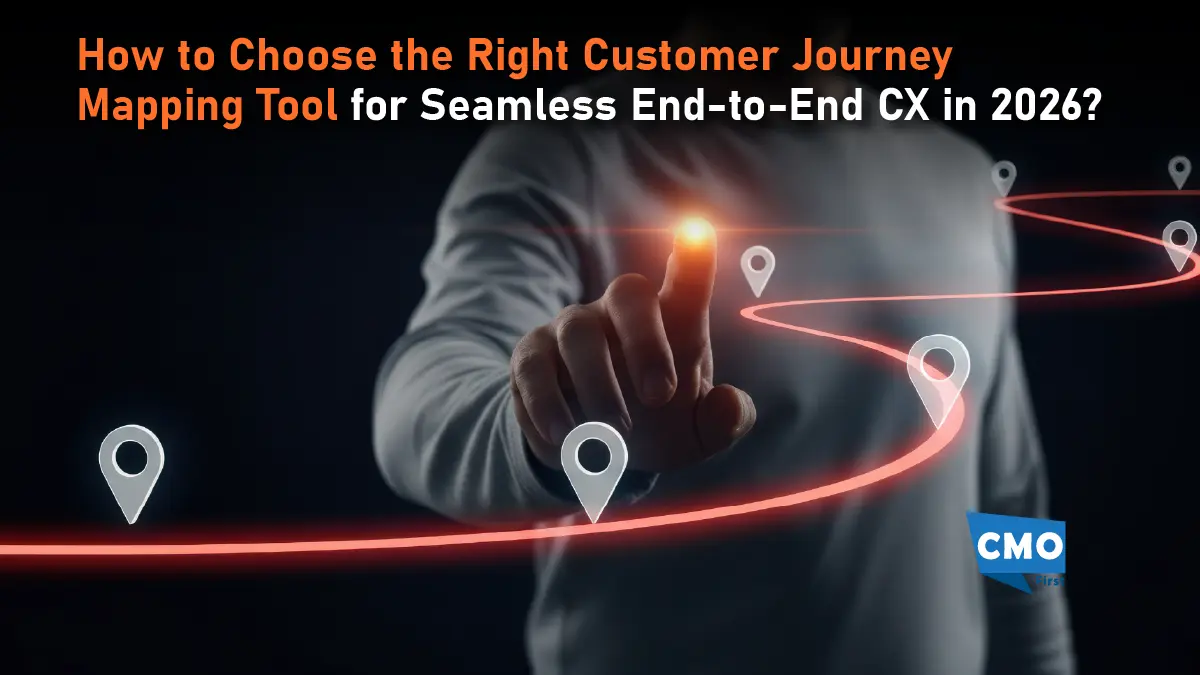
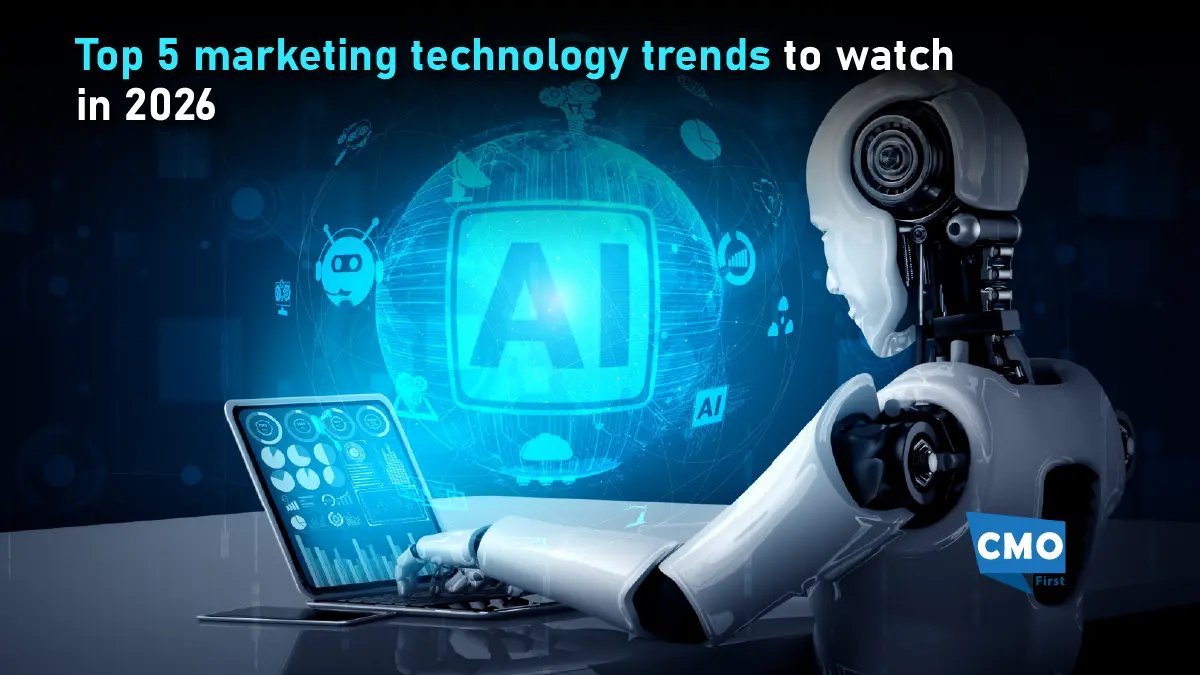

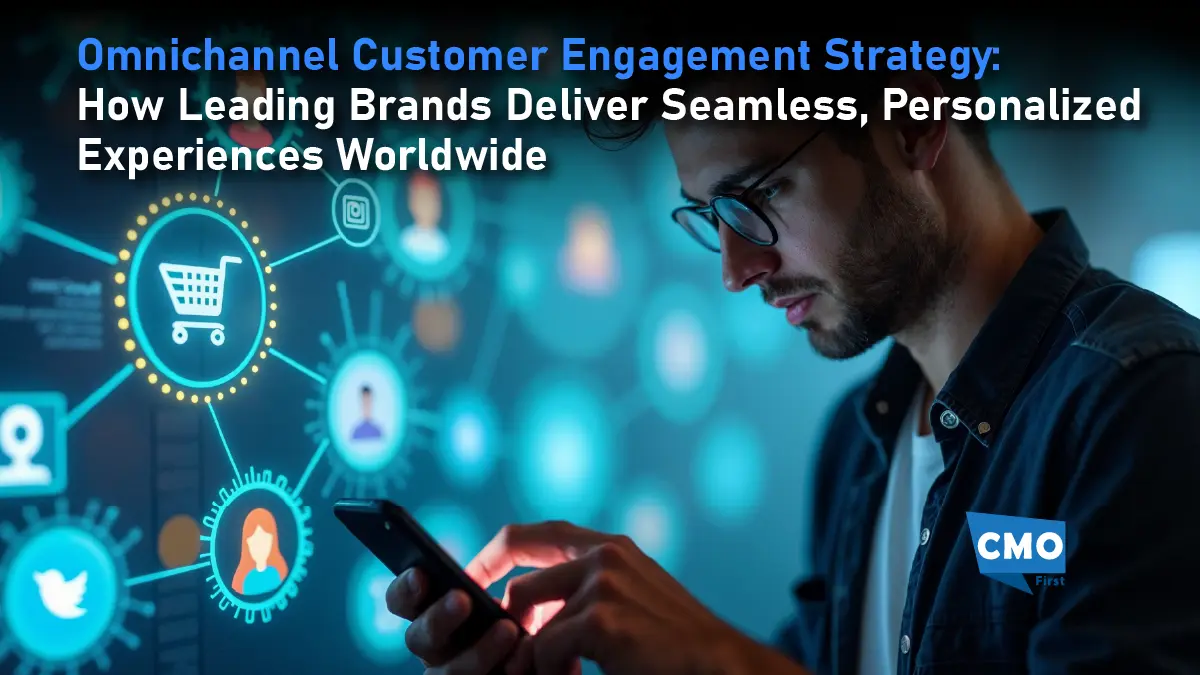
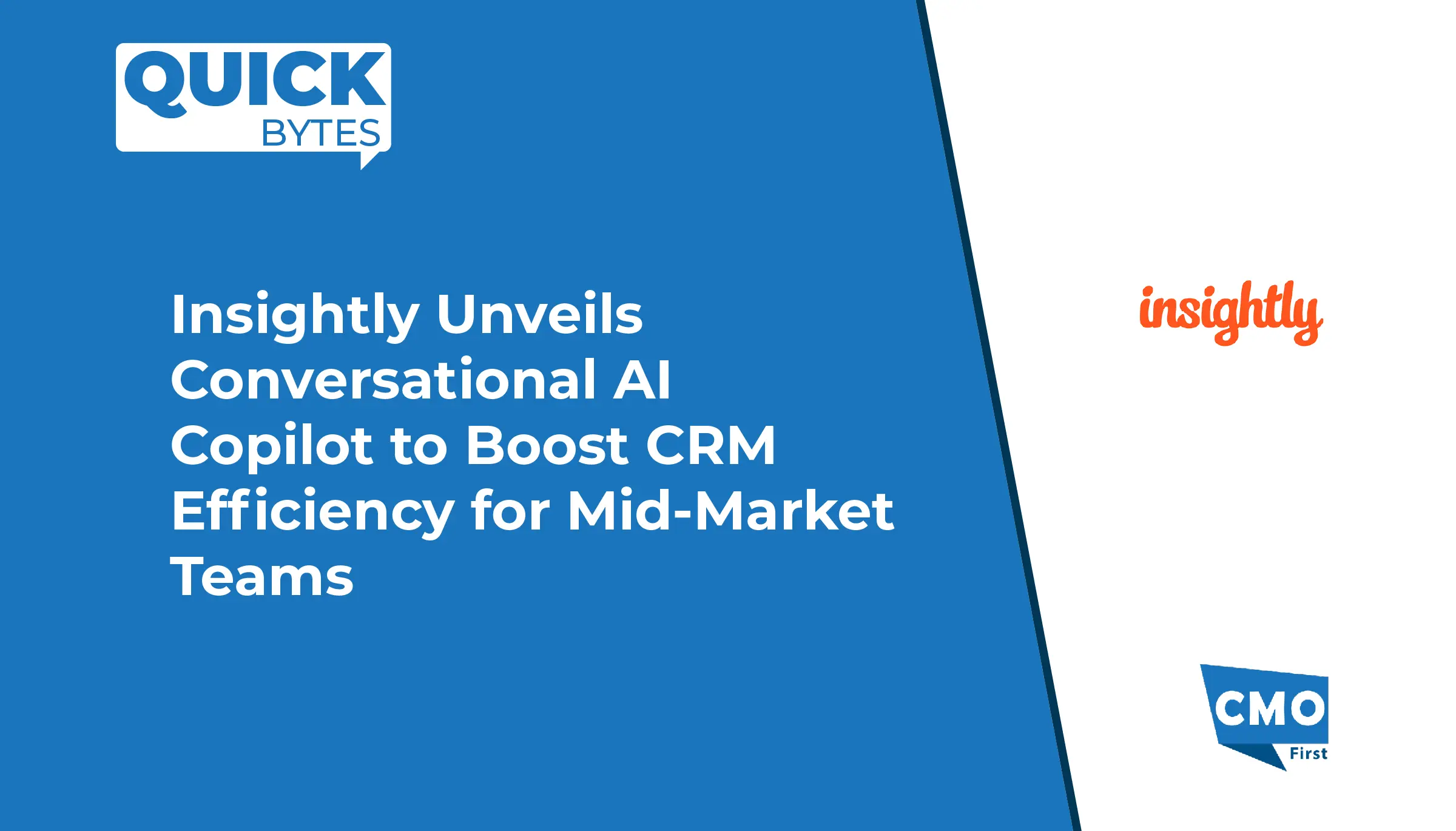
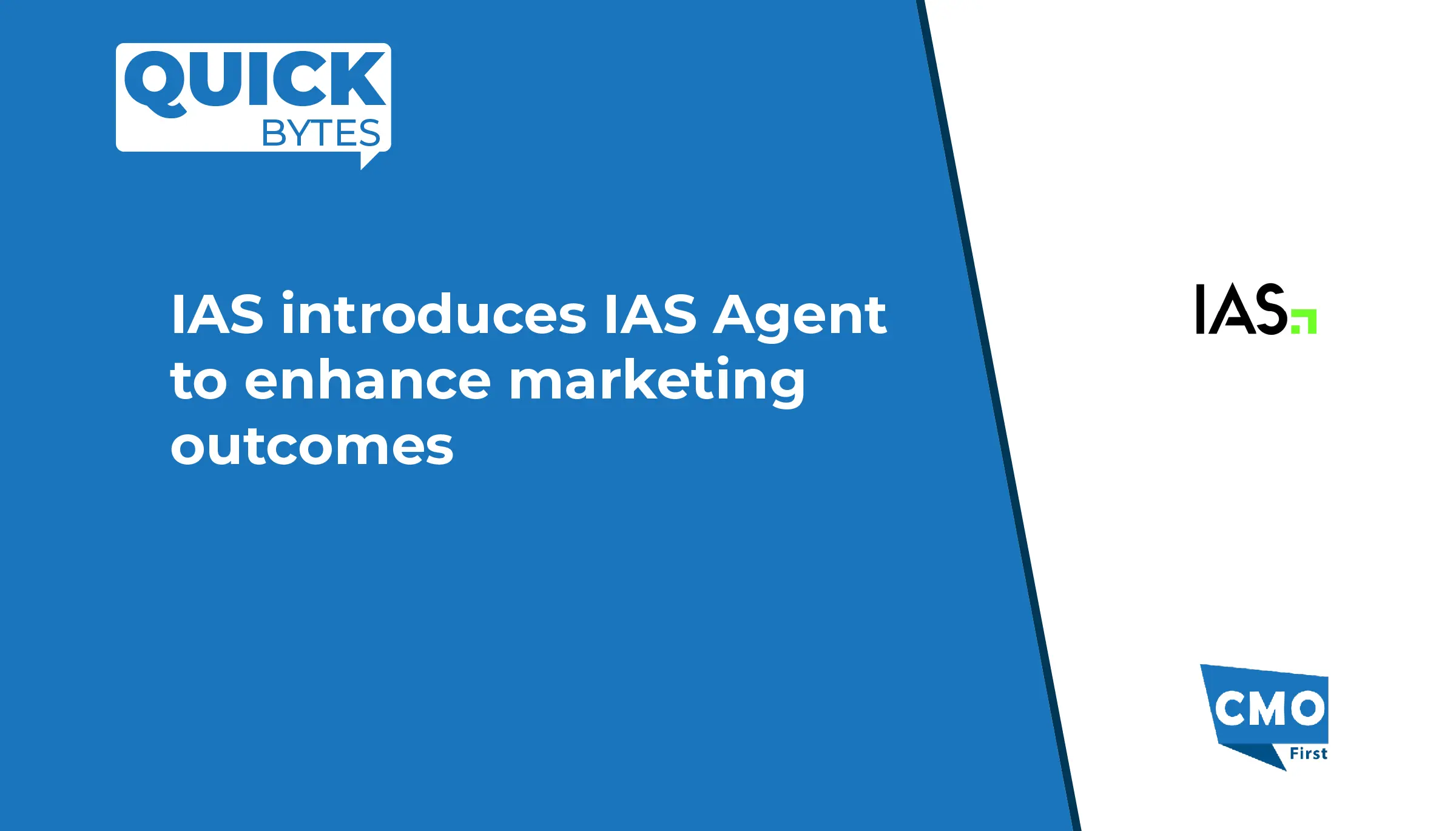
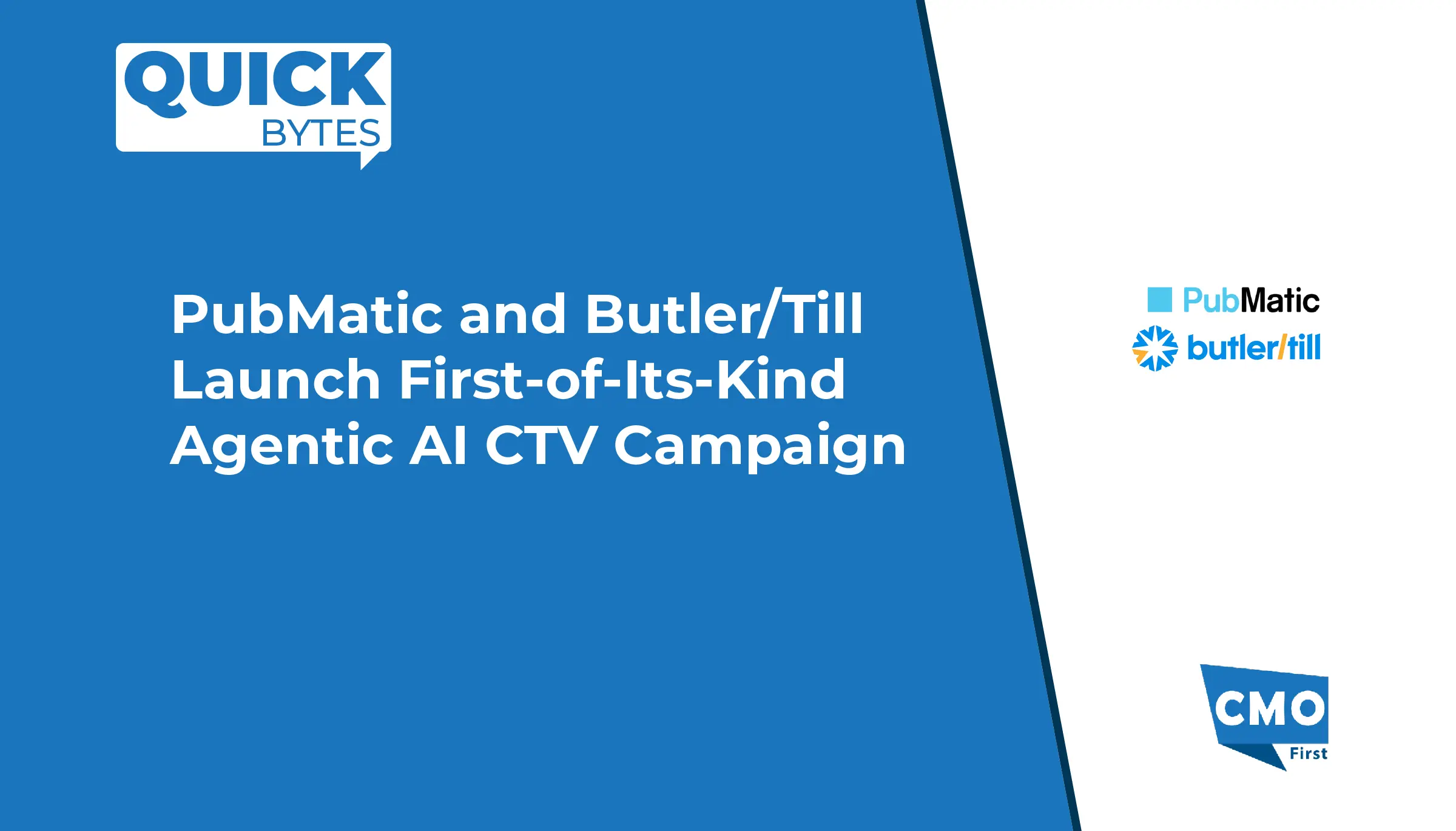

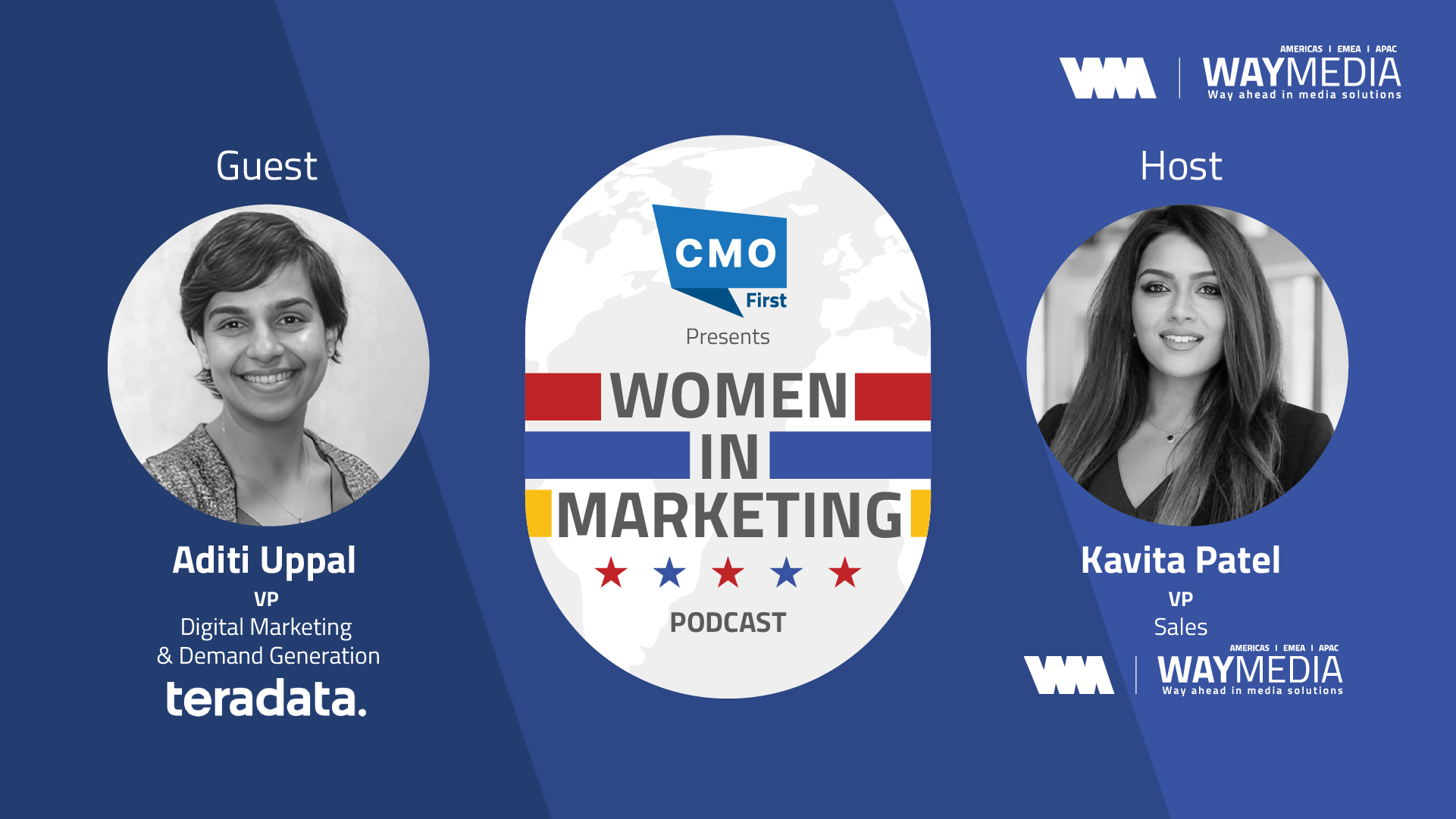


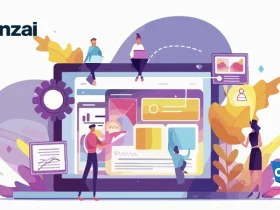
Leave a Reply